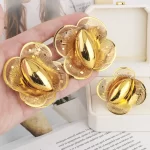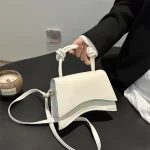Learning how to make gold jewelry opens the door to a rewarding craft that blends artistry with technical skill. Whether you are a hobbyist or aspiring professional, creating gold jewelry allows personal expression and precision work. The process involves several stages, from design to finishing. First, you must understand the materials and tools required. Then, you follow a series of steps to shape, assemble, and polish your piece. As a result, each item becomes a unique creation. Moreover, making gold jewelry gives you control over quality and design. Therefore, it is often more satisfying than buying mass-produced items.
Additionally, many people choose this path as a small business opportunity. Since handmade gold jewelry holds high value, it can be profitable. However, success requires patience, practice, and attention to detail. Furthermore, safety is essential when working with heat and chemicals. By following proper techniques, you minimize risks. In this guide, we will explore every aspect of how to make gold jewelry. From sourcing gold to adding the final polish, you will gain practical knowledge.
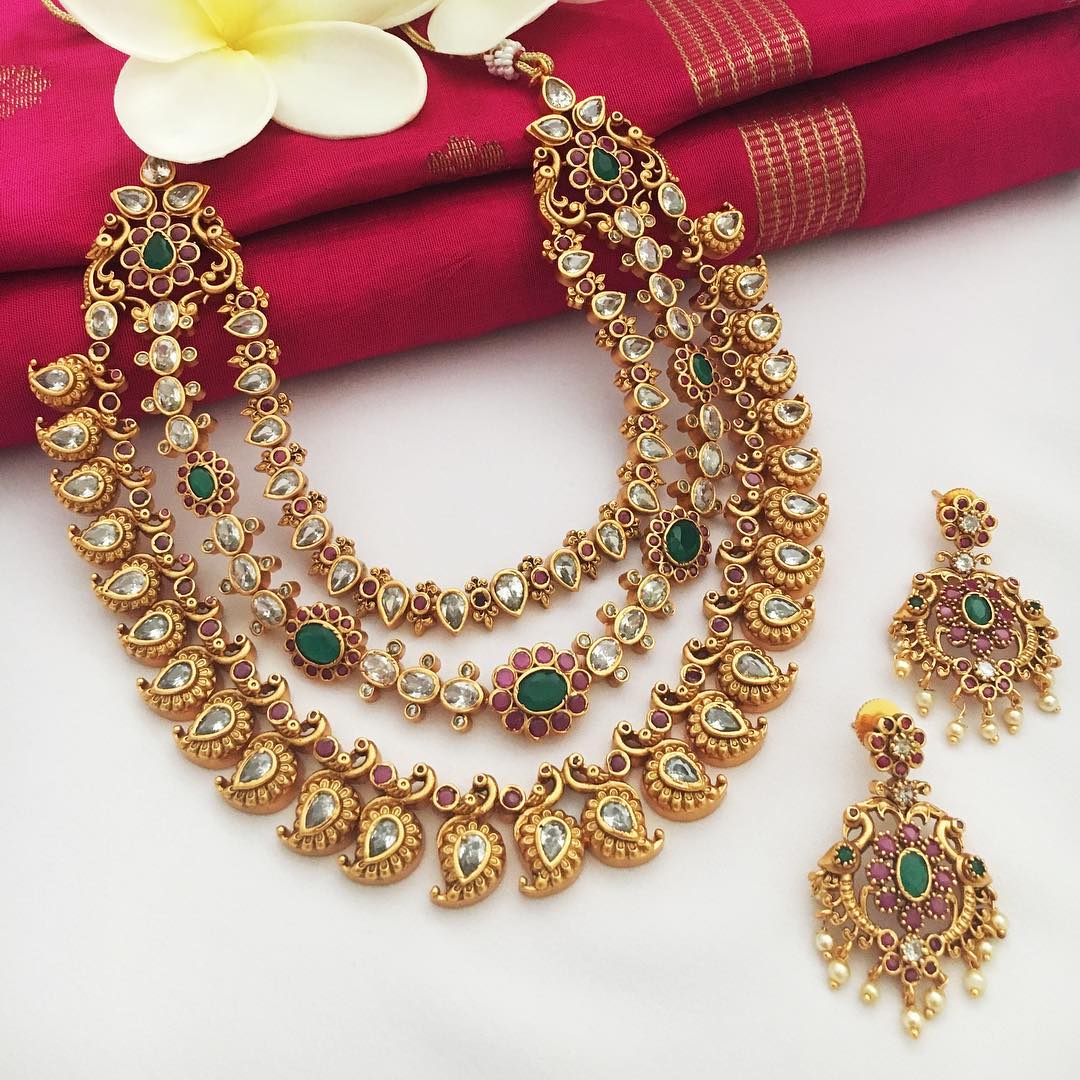 Essential Tools and Equipment for Making Gold Jewelry
Essential Tools and Equipment for Making Gold Jewelry
Before you begin how to make gold jewelry, gather the necessary tools. A jeweler’s bench with a secure vise is the foundation. Then, invest in a butane or acetylene torch for melting and soldering. These provide precise flame control. Also, a kiln may be needed for casting larger pieces. Next, acquire basic hand tools like files, pliers, and tweezers. Each serves a specific shaping or holding function.
Additionally, use a flex shaft machine for drilling and polishing. This tool increases efficiency and accuracy. Scales that measure in grams are vital for weighing gold. Even small errors can affect cost and quality. You will also need a magnifying lamp or loupe. This helps you see fine details during assembly.
Crucially, purchase a soldering station with temperature control. It prevents overheating delicate components. Meanwhile, fire-resistant bricks and a soldering pick support safe work. Storage trays keep small parts organized. Finally, always have safety gear: goggles, gloves, and a ventilation mask. With these tools ready, you can confidently start how to make gold jewelry.
Understanding Gold Purity and Alloys in Jewelry Making
Gold used in jewelry is rarely pure. Instead, it is mixed with other metals to improve strength. Pure gold is 24 karats, but it is too soft for most jewelry. Therefore, artisans use lower karat alloys. For example, 18K gold contains 75% gold and 25% alloy metals. Similarly, 14K gold is 58.3% gold. These mixtures balance beauty and durability.
Common alloy metals include copper, silver, zinc, and nickel. Each affects color and hardness. Adding copper creates a warmer, reddish tone. Silver produces a greener hue, often used in white gold. Meanwhile, nickel or palladium makes white gold brighter and stronger.
You must know which alloy suits your design. For instance, rings need harder metals due to daily wear. On the other hand, earrings can use softer blends. Also, some people have metal allergies. So, avoid nickel if selling to sensitive customers.
When learning how to make gold jewelry, always label your materials. Mixing karats accidentally can ruin a piece. Furthermore, buy gold from reputable suppliers. This ensures consistency and authenticity. Testing kits can verify purity before use.
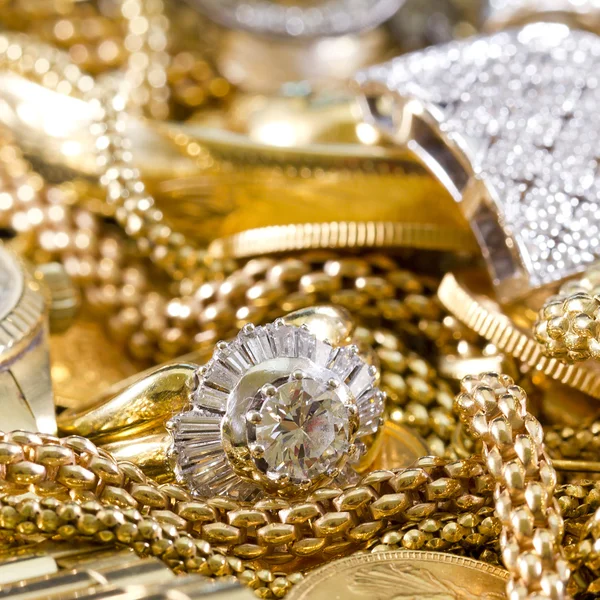 Designing Your Gold Jewelry: From Sketch to Model
Designing Your Gold Jewelry: From Sketch to Model
The first creative step in how to make gold jewelry is designing your piece. Begin with hand sketches on paper. Draw multiple angles: front, side, and top views. This helps visualize the final product. Then, refine the sketch with precise measurements. Include details like stone settings or texture patterns.
Alternatively, use computer-aided design (CAD) software. Many jewelers prefer this for complex shapes. CAD allows 3D modeling and virtual testing. You can rotate the model and check proportions. Also, it integrates with 3D printers for wax prototypes.
After finalizing the design, create a physical model. Use wax carving to shape a master pattern. This model will later be cast in gold. Carving tools let you add intricate details. Smooth surfaces now mean less polishing later.
Keep your design practical. Avoid overly thin sections that may break. Also, ensure stones fit securely in their settings. Test the model’s weight and balance. Will it feel comfortable when worn? Answering these questions early saves time and materials. Ultimately, a strong design sets the stage for a successful build.
Melting and Casting Gold: Techniques for Beginners
Once the design is complete, the next phase in how to make gold jewelry is casting. Start by placing your gold scraps or grain into a crucible. Then, heat it with a torch or induction melter. Watch closely as the gold melts into a bright yellow liquid. Stir gently to remove impurities. Afterward, pour it into a preheated mold.
For small projects, use the spin casting method. This forces molten gold into a rubber mold under centrifugal force. It captures fine details well. Alternatively, investment casting works for detailed pieces. First, create a wax model. Then, encase it in a plaster-like investment. After drying, burn out the wax with heat. The resulting cavity is filled with molten gold.
Always work in a well-ventilated area. Fumes from melting can be harmful. Wear protective gear at all times. Let the cast piece cool slowly to prevent cracks. Once solid, break away the investment material. Clean the piece with water and a brush. Inspect for defects like porosity or incomplete fills. If needed, re-melt and recast.
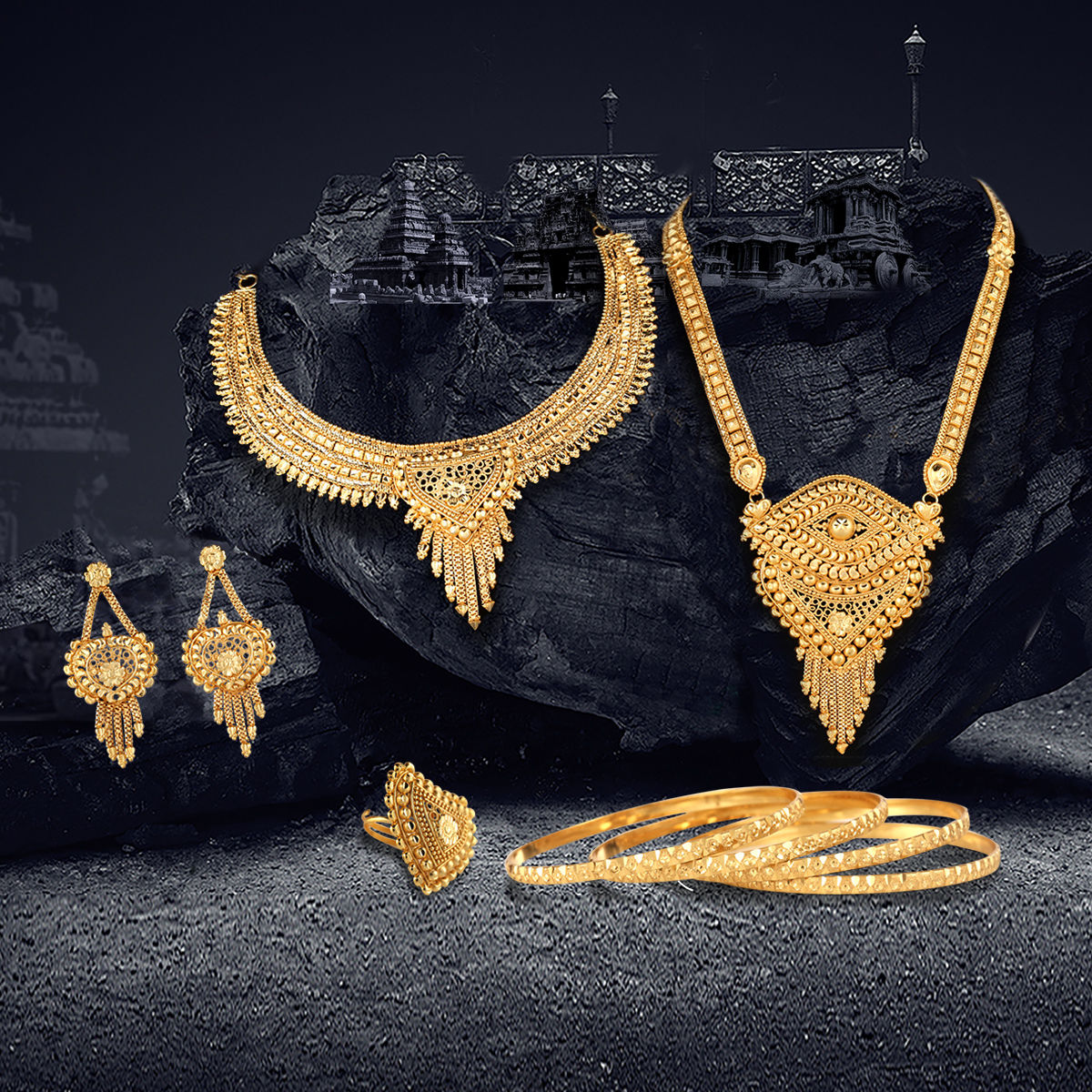 Shaping and Forming: Turning Cast Gold into Wearable Art
Shaping and Forming: Turning Cast Gold into Wearable Art
After casting, the raw gold piece needs shaping. Use files to remove excess metal and smooth rough edges. Start with coarse files, then progress to finer ones. This creates a clean surface for polishing. Also, use sandpaper in increasing grits, from 220 to 1200.
Next, form the piece into its final shape. If making a ring, use a mandrel to size and round it. Hammering stretches and strengthens the metal. Work slowly to avoid cracking. For bracelets or necklaces, use pliers to bend curves precisely.
If your design includes multiple parts, now is the time to assemble them. Solder connections using gold solder matched to your alloy. Heat evenly with a torch until the solder flows. Avoid overheating, which can warp the piece.
Use a pickle solution to remove oxidation after soldering. Submerge the jewelry in warm cleaning solution. Then, rinse and dry thoroughly. At this stage, the piece begins to resemble finished jewelry. Patience and precision ensure professional results.
Adding Details: Engraving, Texturing, and Stone Setting
Now that the base form is complete, enhance your gold jewelry with decorative elements. Engraving adds personalized messages or patterns. Use a sharp graver and steady hand to carve lines into the surface. Practice on scrap metal first.
Texturing gives visual interest. Options include hammer marks, matte finishes, or brushed effects. A ball-peen hammer creates dimples. Wire brushes produce linear textures. These details make each piece unique.
Stone setting is a key skill in how to make gold jewelry. Common methods include prong, bezel, and channel settings. For prongs, file tiny claws that will hold the gem. Gently bend them over the stone. Bezel settings use a metal rim to encircle the gem. Channel settings line stones in a groove between two walls.
Always choose stones that match the metal’s color and style. Secure each stone carefully. Check that it sits level and won’t fall out. After setting, clean the piece again. Remove any residue from handling. These finishing touches elevate your work from simple to stunning.
Polishing and Final Finishing for a Professional Look
Polishing transforms your gold jewelry from rough to radiant. Begin with pre-polishing compounds on a buffing wheel. Use tripoli for initial smoothing. Then, switch to rouge for a high shine. Apply light pressure and move the piece evenly across the wheel.
For hard-to-reach areas, use drill-mounted brushes. Nylon and brass brushes clean crevices without scratching. Also, consider tumble polishing for multiple pieces. Place items in a barrel with steel shot and cleaning solution. Run the tumbler for several hours. This brings out luster uniformly.
Inspect the piece under bright light. Look for scratches or missed spots. Re-file and repolish if needed. After polishing, wash the jewelry in soapy water. Dry with a lint-free cloth. Finally, apply a protective coating if desired. Some artisans use anti-tarnish solutions for long-term shine.
A flawless finish shows craftsmanship. It also increases customer satisfaction. Whether for sale or personal use, polished gold jewelry looks professional and luxurious.
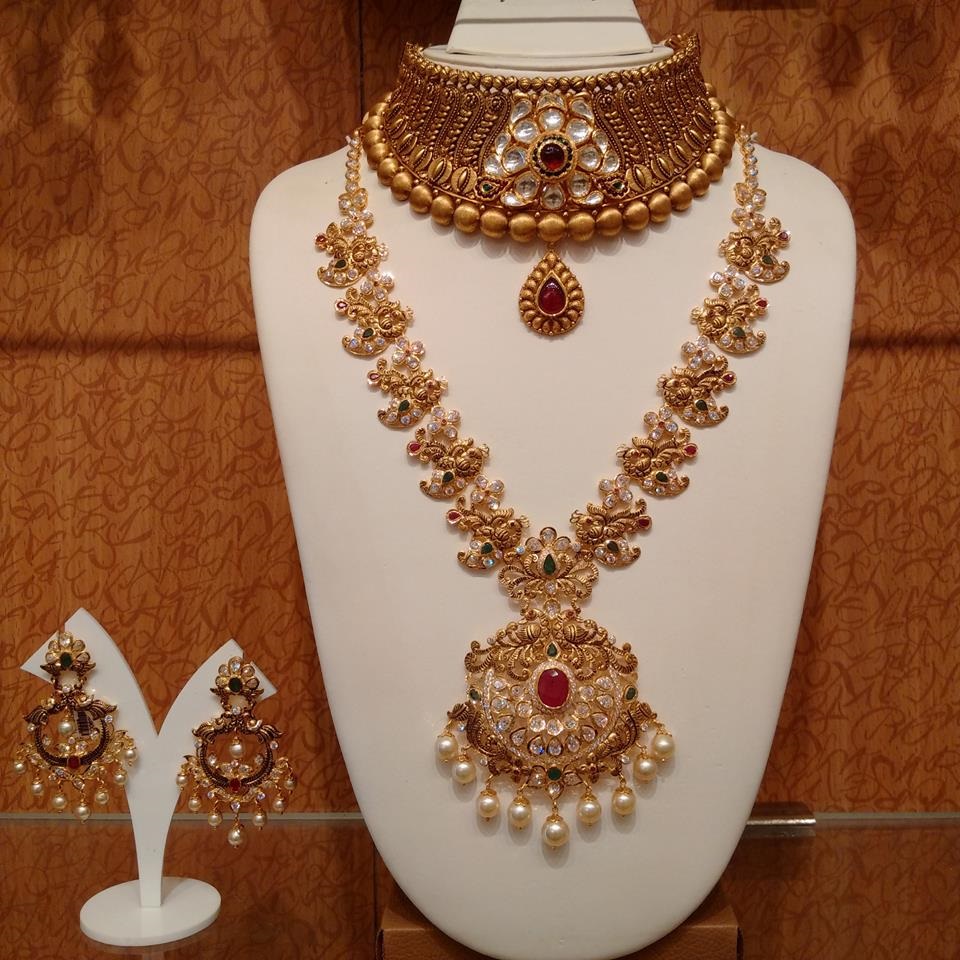 Frequently Asked Questions
Frequently Asked Questions
Can I make gold jewelry at home safely?
Yes, with proper ventilation, fireproof workspace, and safety gear. Always follow instructions for torches and chemicals.
Do I need a license to sell handmade gold jewelry?
In most places, no. However, you may need a business permit or tax ID. Check local regulations.
Is recycled gold suitable for jewelry making?
Absolutely. Recycled gold is chemically identical to mined gold. It’s also eco-friendly.
How do I calculate the cost of my gold jewelry?
Add gold weight cost, labor, overhead, and desired profit. Use current gold market prices.
Can I resize a gold ring after making it?
Yes, but only within limits. Too much resizing weakens the band. Plan sizing during casting.
What’s the best way to learn how to make gold jewelry?
Take classes, watch tutorials, and practice regularly. Start with simple designs.
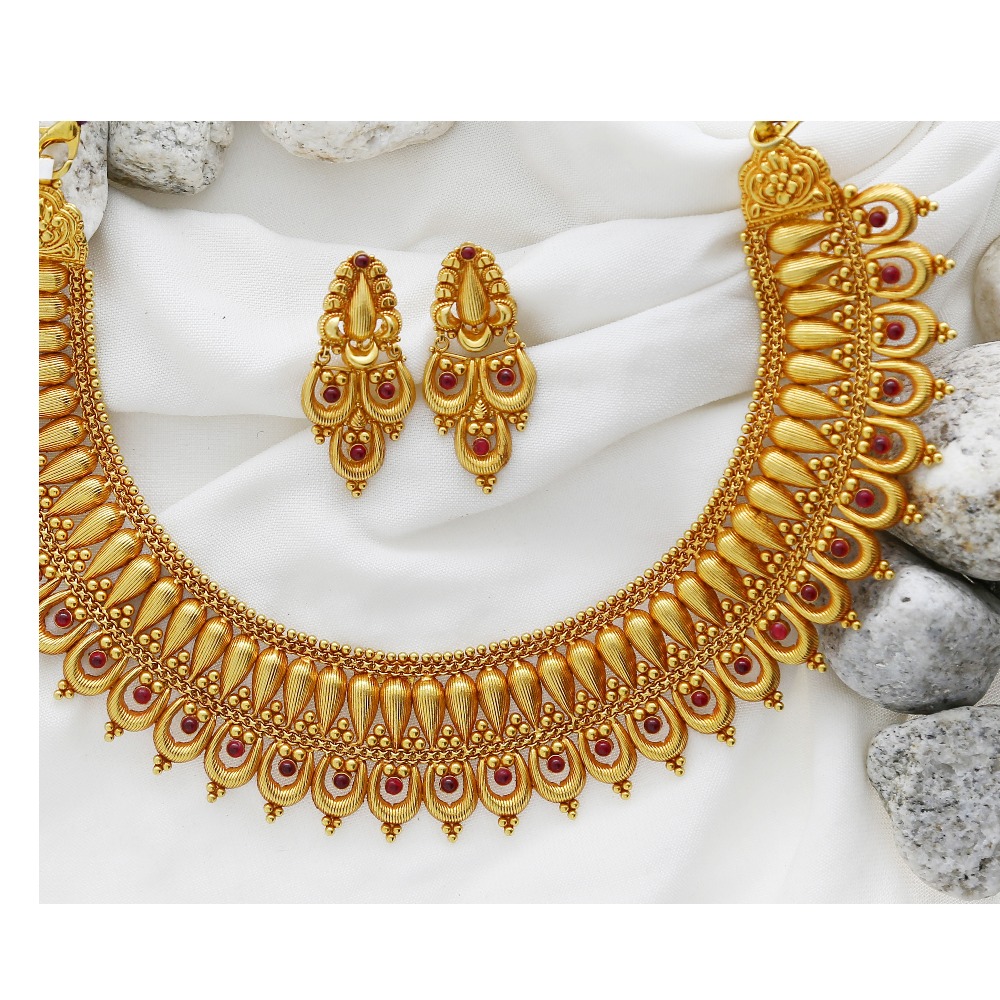 Final Thoughts
Final Thoughts
In summary, knowing how to make gold jewelry empowers you to create beautiful, lasting pieces. From gathering tools to applying the final polish, each step builds your expertise. You gain control over design, materials, and quality. Moreover, this craft offers both creative fulfillment and financial potential. Whether you work as a hobbyist or launch a brand, the skills are valuable. The demand for handmade, custom gold jewelry continues to grow. By mastering techniques like casting, soldering, and stone setting, you stand out in the market. Always prioritize safety, precision, and continuous learning. With dedication, you can turn passion into profession. Remember, every expert once started with their first attempt. Now is the perfect time to begin your journey on how to make gold jewelry.
